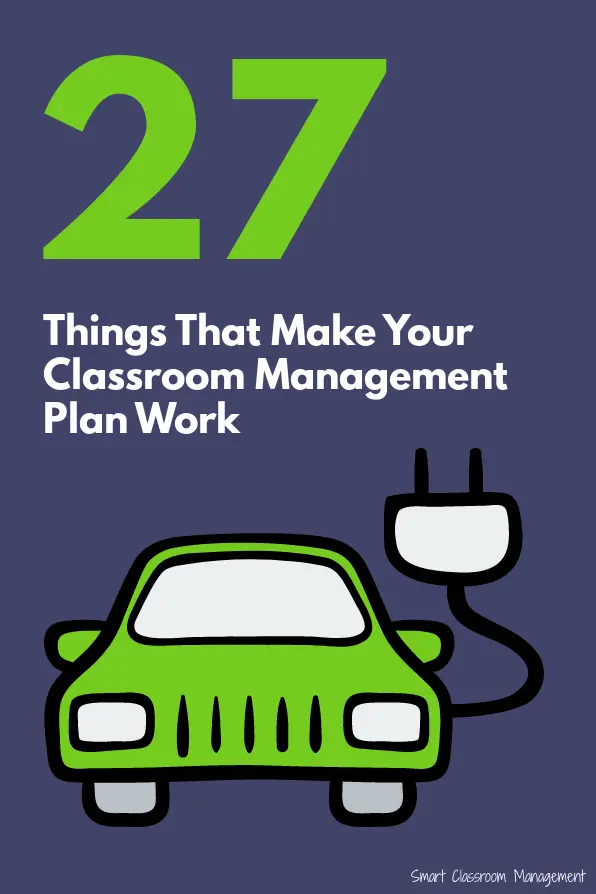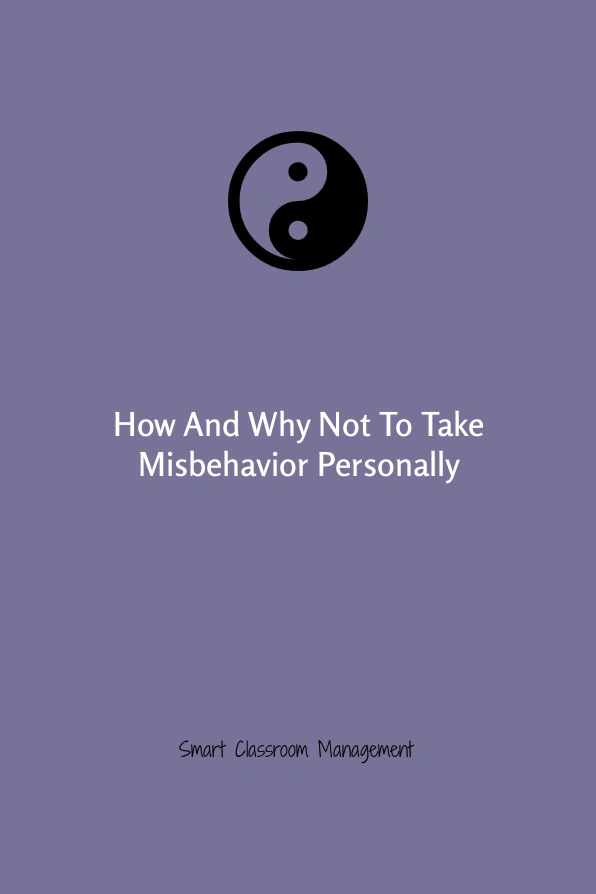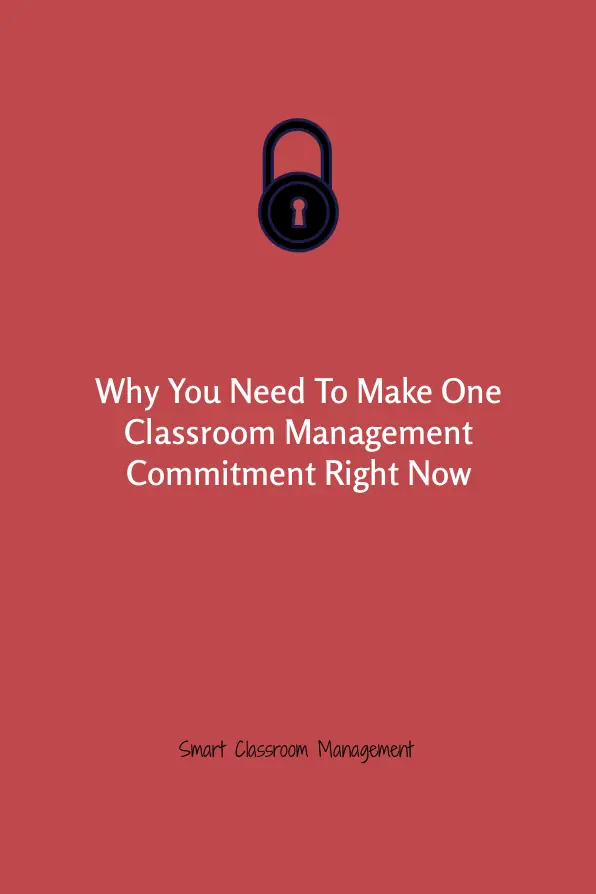Your classroom management plan is a small part of effective classroom management.
It’s critical and absolutely mandatory, but by itself won’t get you very far. It’s the rest of it, primarily what SCM is about, that makes the plan go.
A common refrain here at SCM is that there is no magic in any classroom management plan—included the tried and true high school and elementary plans we recommend.
The magic is in making your plan matter to students. The magic is in flipping your classroom from one that is extrinsically focused to one that fires your students’ intrinsic motivational engines.
I can’t stress this enough.
The SCM approach works because it gives you powerful, irresistible leverage. It works because by following it students appreciate being in your classroom so much that they’re disinclined to misbehave.
There are 739 articles on this website that explain in detail exactly how to do this, no matter who you are or where you work. We also have books available so you can have everything at your fingertips.
However, as a reference, listed below are 27 things—or SCM hallmarks—that when implemented a certain way cause students that want to listen, learn, and behave.
The list isn’t exhaustive, but it does cover the core drivers of an SCM classroom.
Off we go . . .
1. Extreme focus on independence.
2. Removal of all external rewards.
3. Strong reluctance to reteach and over-help.
4. Thorough teaching of rules and consequences.
5. Elimination of all gray areas.
6. Consistent, 100% follow through.
7. Calm, referee-like enforcement of rules.
8. Pin-neat, spartan-like classroom.
9. Zero friction between teacher and students.
10. Consistent teacher pleasantness.
11. Engaging, compelling lessons.
12. Detailed modeling.
13. Generous kindness and humor.
14. Complete shift in responsibility to students.
15. Explicit, comprehensive routines.
16. Emphasis on academics above all.
17. Teaching one objective at a time.
18. Close observation and supervision.
19. Constant push for excellence.
20. Economical teacher talk.
21. Worthy praise only.
22. Moving from success to success all day long.
23. Teacher content knowledge expertise.
24. Insistence on politeness, neatness, and respect.
25. Freedom to love school within non-negotiable boundaries.
26. Effortless, trusting rapport-building.
27. Continual purpose and state of flow.
I didn’t include links to the topics above because there are multiple articles written about each and all have been covered extensively in our books.
I encourage you to dig deep into those you’re most interested or deficient in. The SCM archive and all of our books can be found at right. You can also type any topic into the search bar at top.
Some readers occasionally criticize one or more of our methods without knowing what they mean or how we define them. They make assumptions based on a simple phrase but don’t understand the why and how.
In his 1709 poem An Essay on Criticism, Alexander Pope wrote that “A little learning is a dangerous thing.” This aptly describes much of public education. Don’t be like the simpletons who buy in to the common sneaky methods that appease, label, and manipulate students while removing real and healthy accountability.
And then deny that that’s exactly what they’re doing.
If you’re new to Smart Classroom Management (SCM), I encourage you to learn what we’re about and why we believe the way we do. You won’t be sorry.
It will change your work-life and the lives of your students in an incredibly, and intrinsically, rewarding way.
PS – A great place to start is with The Total Classroom Management Makeover.
Also, if you haven’t done so already, please join us. It’s free! Click here and begin receiving classroom management articles like this one in your email box every week.















.jpg#keepProtocol)
+ There are no comments
Add yours